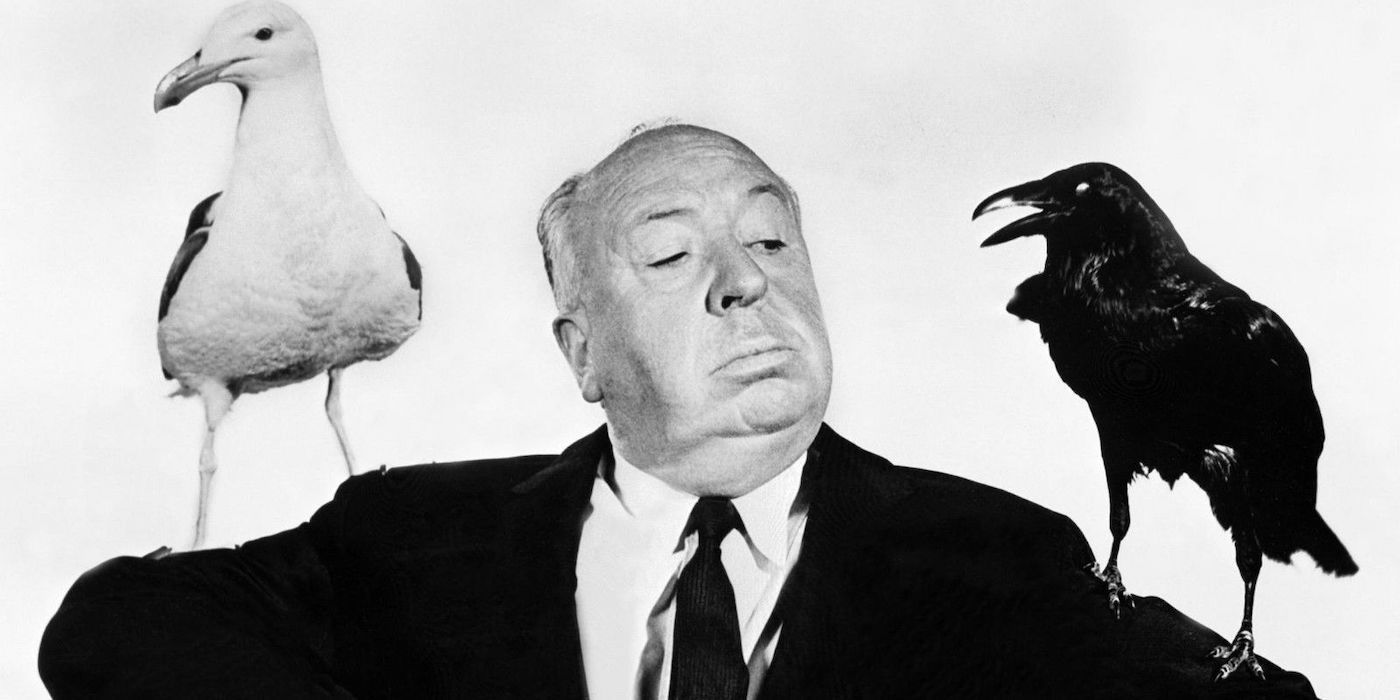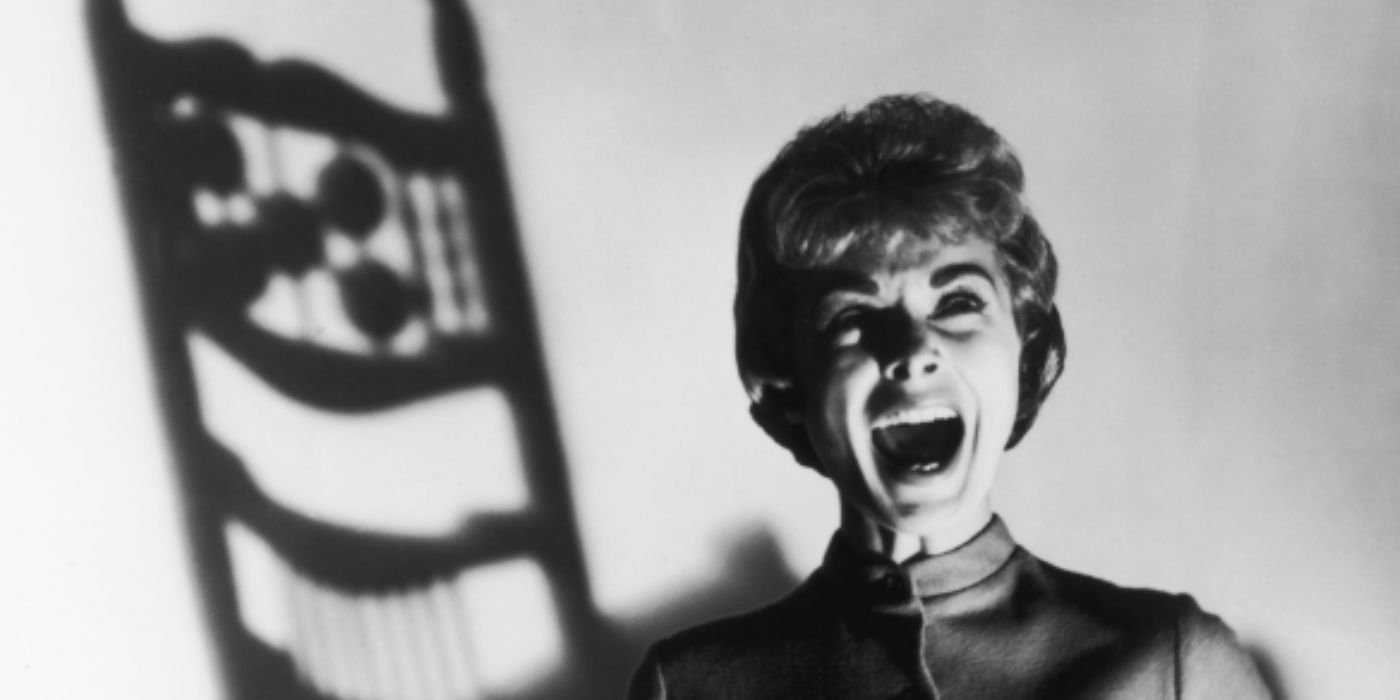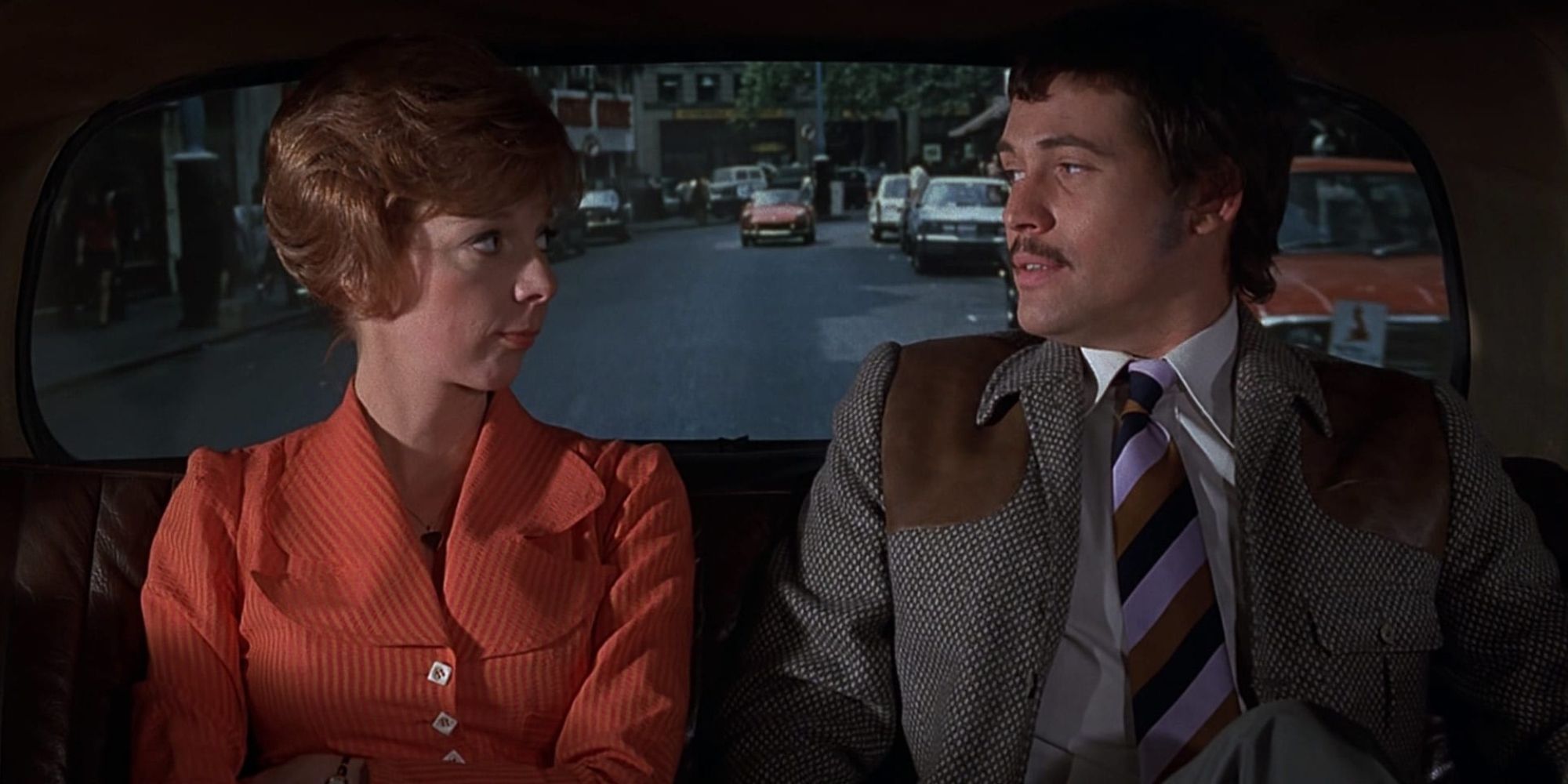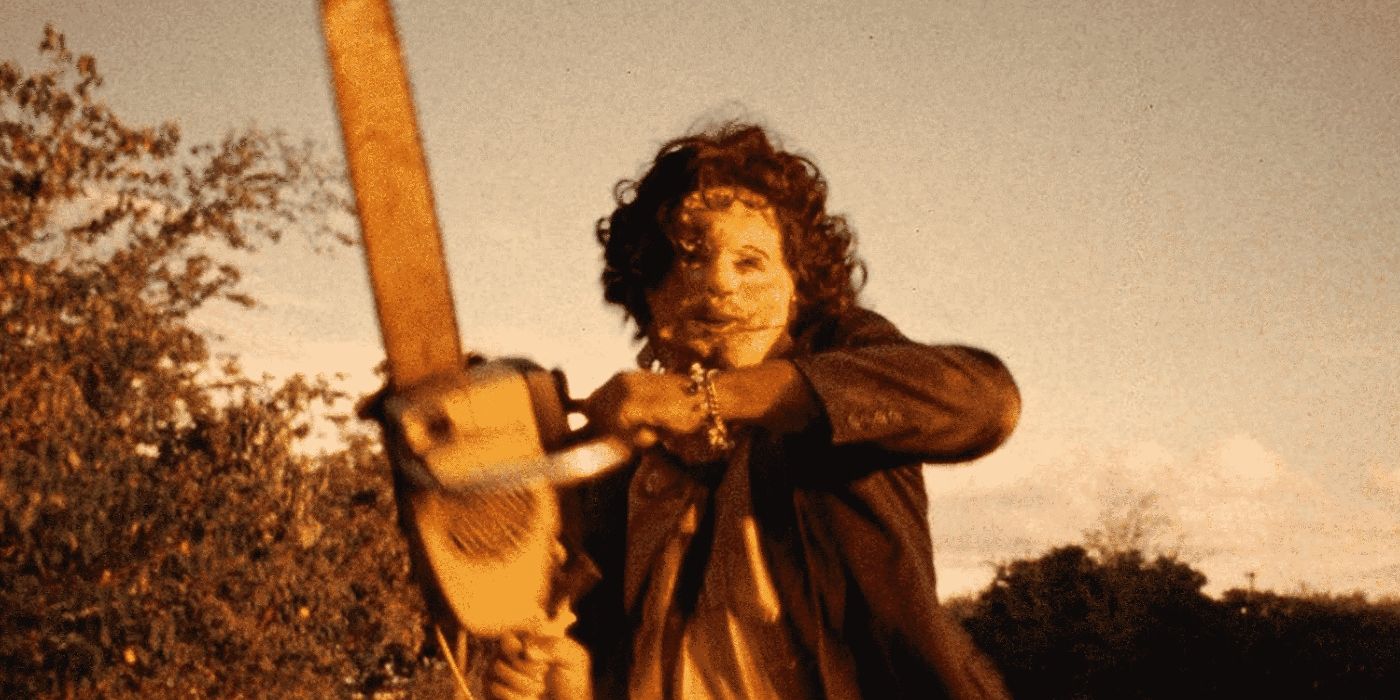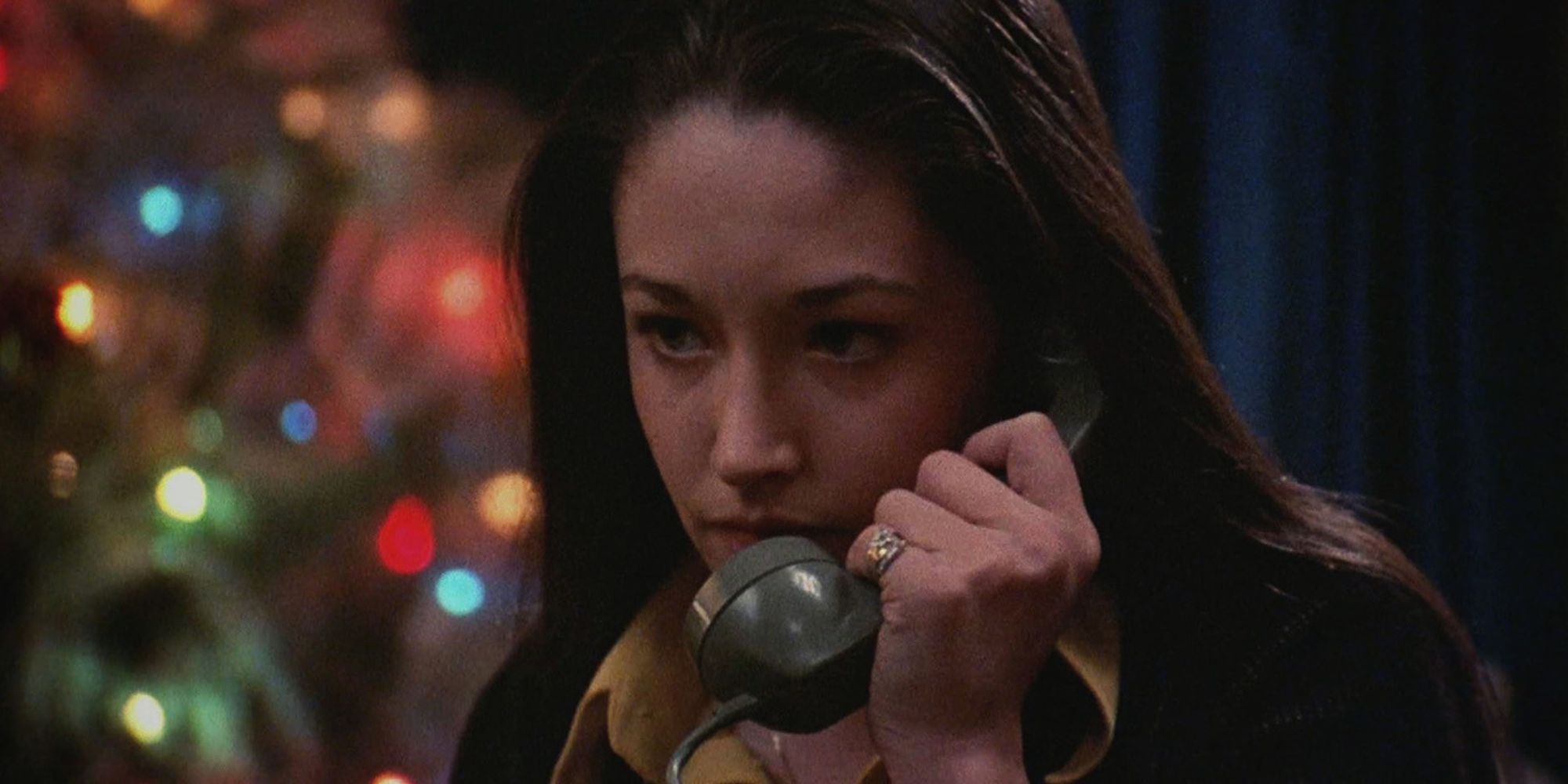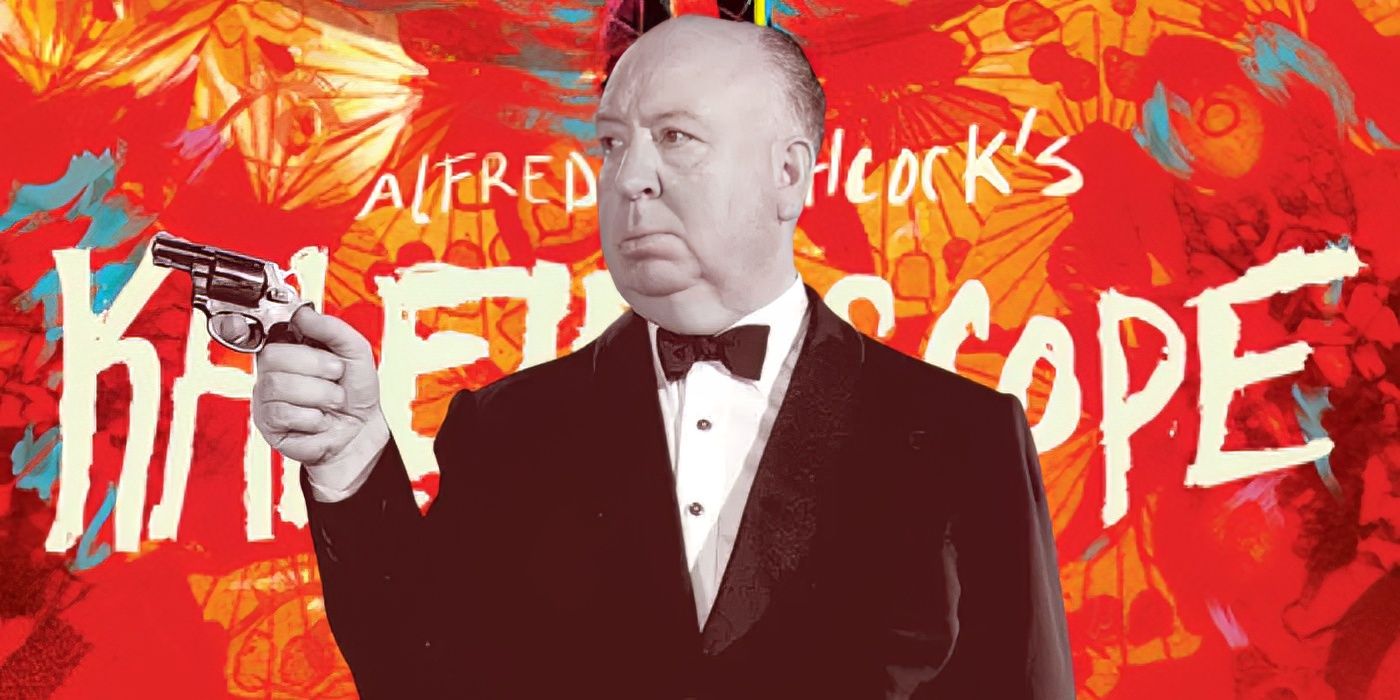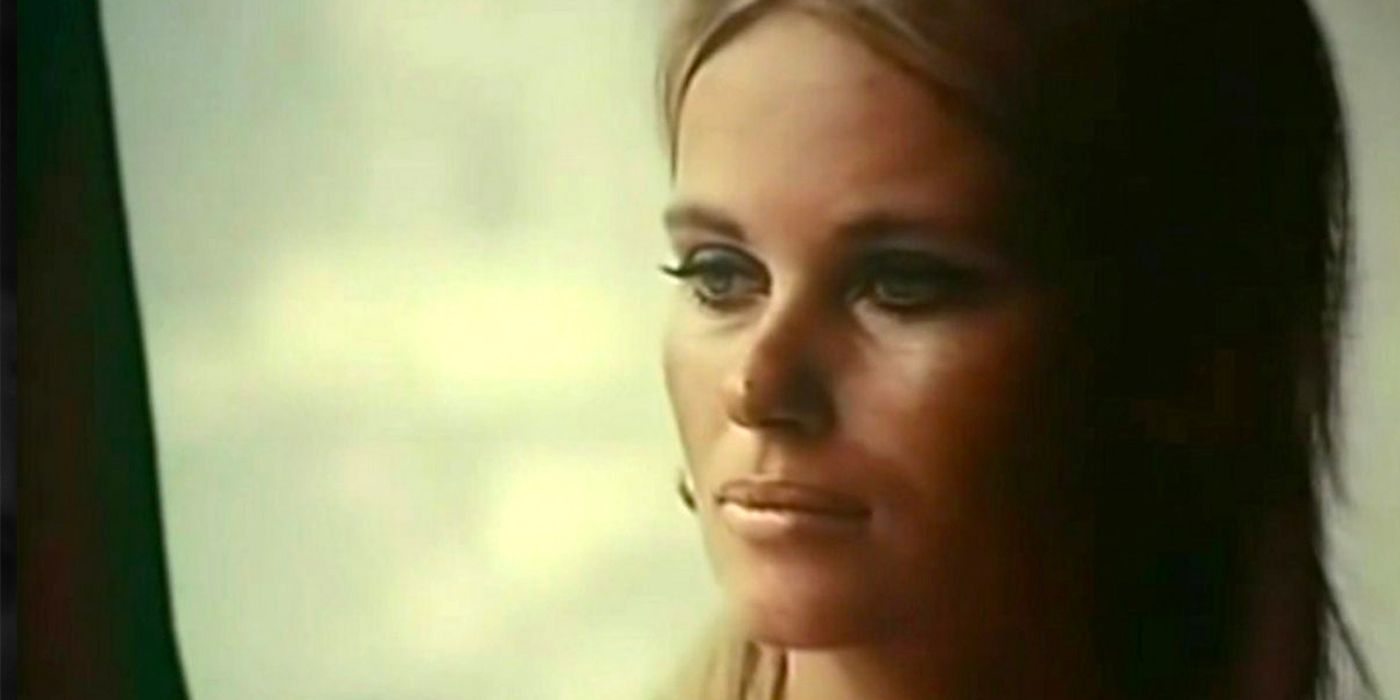The Big Picture
- Hitchcock's unrealized film Kaleidoscope featured explicit gore and sex scenes, pre-dating the intense horror of 70s films.
- Studios declined the film due to its risqué content and killer perspective, which were considered too shocking and unappealing.
- Hitchcock's vision was ahead of its time, aiming to elevate horror films beyond Psycho, but it was too early for the filmmaking industry.
Alfred Hitchcock is one of the most influential filmmakers in history, that's a fact. He became the undisputed Master of Suspense, often imitated and widely beloved. Most known for his seminal 1960 horror movie, Psycho, Alfred Hitchcock was a filmmaker ahead of his time — especially in horror and thrillers. He was a master of creating that suspense and has inspired horror filmmakers for decades. He directed over 50 films, including Rebecca and The Birds, the former being the only film he made to win an Oscar for Best Picture. Hitchcock is known for building a ton of tension in his films by giving audiences a clue as to what would happen to the main character, but the protagonist remains aloof. You know, the moments where you're screaming at the victim to run out the door and not up the stairs or not to go down into the basement? Those are the moments that Hitchcock developed in horror. But what if he had taken a different approach to horror? Say, a gory approach?
This is what Hitchcock attempted to do with the film Kaleidoscope. According to a BBC retrospective on the unmade film, the story of Kaleidoscope would have followed a necrophiliac serial killer named Willie Cooper who gets triggered to murder women near bodies of water, based on the real killer, Neville Heath. According to the BBC, Cooper has an unusually close relationship with his mother (heard that before), and it is suggested that he is gay, based on the bodybuilding magazines he collects. This combination of gore, sexuality, and a deep look at evil human nature was particularly horrific for easily scandalized 1960s audiences. Still, Hitchcock was determined to push the boundaries of cinema and provide something new and innovative to the horror scene. Unfortunately for him, it never got made.
'Kaleidoscope' Would've Been Hitchcock's Goriest Film
When Hitchcock wrote Kaleidoscope, films like Blood Feast had already been made in a more underground setting where horror mostly resided. Hitchcock was more popular as a filmmaker then, so that would have meant making this film would've automatically put Kaleidoscope on mainstream viewership. As stated by the BBC, Hitchcock's inspiration for Kaleidoscope came from a real string of serial killings, which just hit a little too close to home for audiences then. Neville Heath killed two women brutally in the United Kingdom in 1946. Hitchcock became fascinated with Heath's story as well as John George Haigh, who was convicted of killing six people and dissolving their bodies in acid. Kaleidoscope was to be set in New York City, following Willie Cooper and his homicidal tendencies. Like Norman Bates in Psycho, Cooper was depicted as a mama's boy whose victims met their fate at a waterfall, a warship in a dockyard, and an oil refinery. This film was said to serve as a prequel to Shadow Of A Doubt, directed by Hitchcock in 1943. However, Kaleidoscope sounds like it would've deviated from the norm of Hitchcock and traditional horror cinema because it wasn't just suspense anymore; it was a good old-fashioned blood-and-guts film.
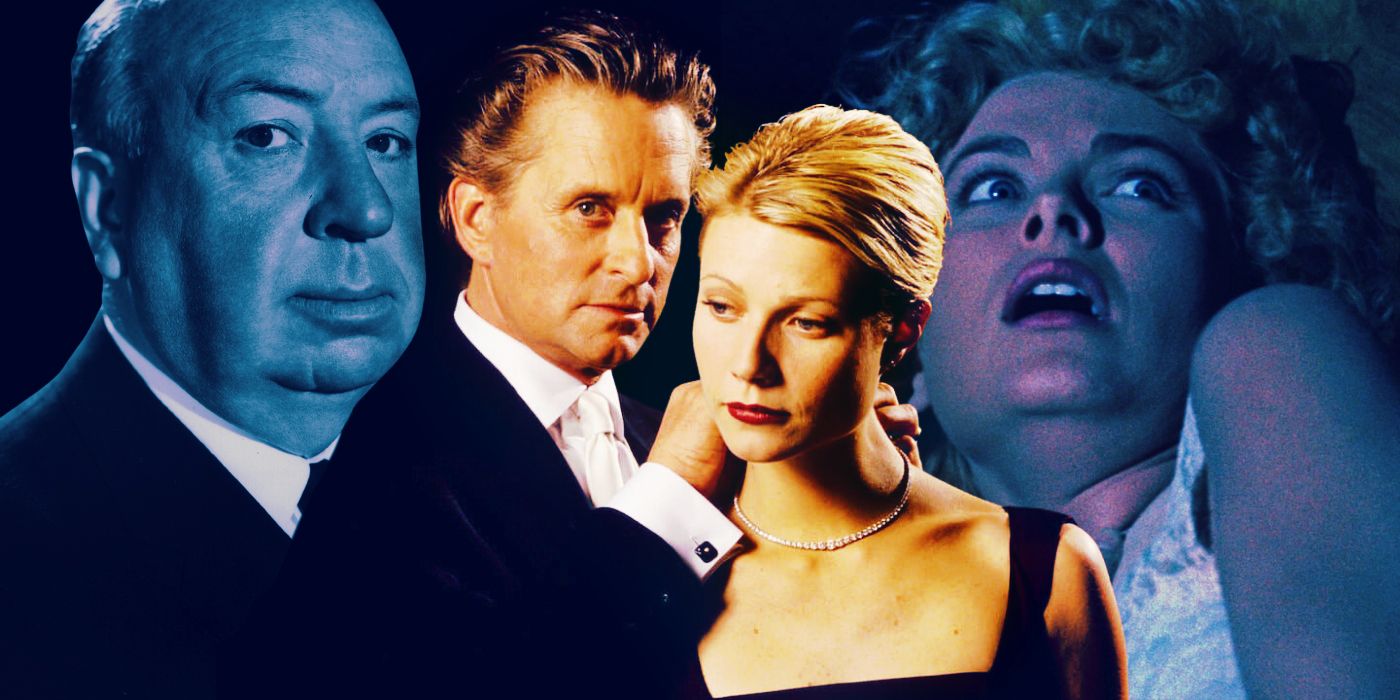
From 'Psycho IV' to 'The Birds II': The '90s Hitchcock Remakes and Sequels That Deserve Another Look
Can anyone *really* ever forget 'The Birds II: Land's End?'Giallo Films Inspired Hitchcock to Make 'Kaleidoscope'
During the 1960s, Giallo horror films were starting to amplify the genre with their specific stylistic blueprints. According to the BBC, Hitchcock was inspired by what he saw in Michelangelo Antonioni's Blow-Up and wanted to follow a similar direction with his projects. In essence, Giallo films are slasher films with the murders being shown from the killer's point of view and heavily emphasizing the scenery's colors and feel. Kaleidoscope was going to take what Psycho did for audiences one step further and show more explicit scenes of blood and gore, as well as more sex and nudity. Since Psycho had already pushed the boundaries further, the natural next step was "more"; more blood, scares, and depravity. However, Hitchcock may have skipped past tip-toeing the line of what was acceptable and jumped straight into the deep end.
Moreover, the fact that it would’ve been shot from the killer’s point of view made the whole experience deeply salacious, further pushing everyone to grow incredibly uncomfortable. In the previously mentioned BBC article, Hitchcock wrote in his script that there would be a close-up of a woman's abdomen that was gushing blood. The big screen hadn't seen gore scenes at that level yet, so it was particularly harrowing. Those specific elements were unheard of in the horror genre at that time. When it was finally pitched to MCA/Universal, they unanimously turned the script down as it was too risky for them.
Hitchcock's 'Kaleidoscope' Was Ahead of the Horror Times
